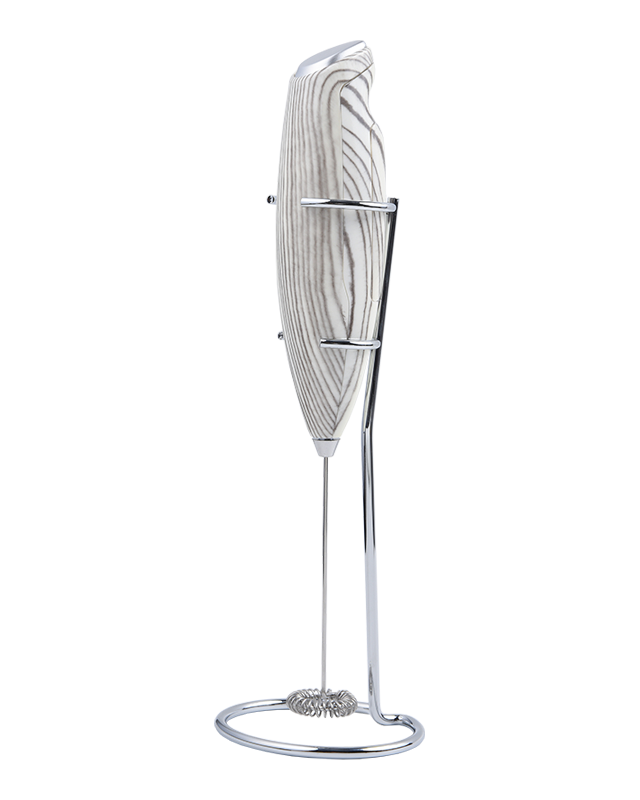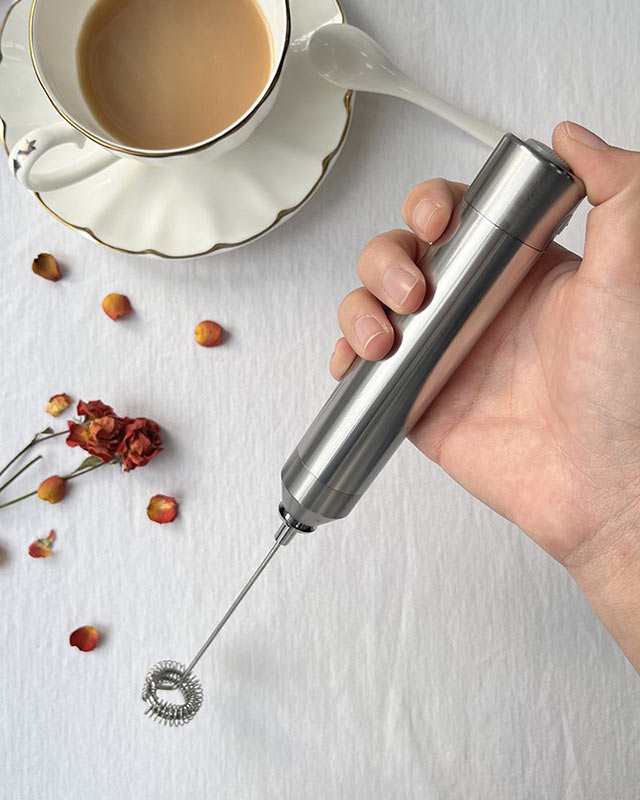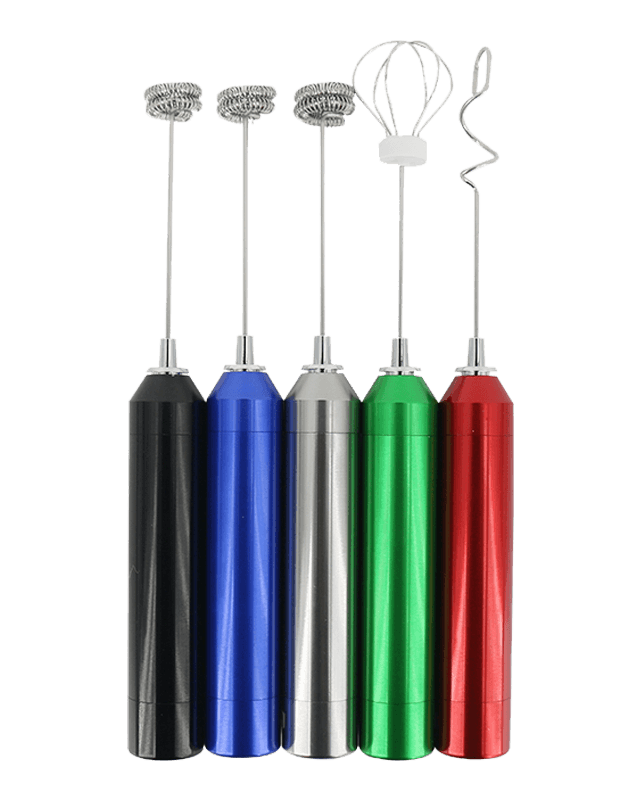To prevent overheating during long-term use of a coffee blender, you can take several steps to ensure the machine operates safely and efficiently. Overheating can be a concern, especially in high-demand or commercial settings. Here's how to use a coffee blender to mitigate overheating issues:
1.Check the User Manual: Start by thoroughly reading the user manual provided by the manufacturer. This document contains essential information regarding the coffee blender's specifications, recommended usage guidelines, and safety precautions. Adhering to these guidelines is critical for safe and efficient operation.
2.Batch Size: Ensure that you adhere to the recommended batch size and capacity mentioned in the user manual. Overloading the blender with excessive ingredients can strain the motor and lead to overheating. Stick to the specified limits to maintain optimal performance.
3.Cooling Breaks: Recognize the importance of cooling breaks, especially during extended periods of use. After each blending cycle or when you notice the machine becoming warm to the touch, turn off the blender and allow it to cool for a few minutes. This practice prevents the motor from overheating and extends its lifespan.
4.Use Variable Speeds: Leverage the variable speed settings of your coffee blender intelligently. Start at lower speeds when blending dense or tough ingredients, gradually increasing the speed as necessary. This gradual approach reduces the load on the motor.
5.Pulse Function: If your blender offers a pulse function, employ it when dealing with challenging ingredients. Pulse mode permits brief rest intervals for the motor between blending bursts, which can help manage heat buildup.
6.Avoid Overuse: Understand the limitations of your coffee blender, particularly in terms of prolonged, continuous operation. If your blending needs involve heavy-duty or extended use, consider investing in a commercial-grade blender designed to withstand such demands.
7.Check for Blockages: Regularly inspect the blending container and blades for blockages or jams. Ingredients that are too dense or improperly prepared can obstruct the blades and force the motor to work harder, leading to overheating issues.
8.Proper Ventilation: Pay attention to the blender's ventilation. Position it in a well-ventilated area and ensure that the vents are unobstructed during operation. Adequate airflow around the motor helps dissipate heat efficiently.
9.Cleaning and Maintenance: Adhere to a consistent cleaning and maintenance schedule as recommended by the manufacturer. Regular cleaning prevents dust and debris buildup, which can impede ventilation and contribute to overheating. Also, ensure that the blender's components are well-maintained and in good condition.
10.Use with Caution: Exercise caution and vigilance when using the coffee blender. Never leave it unattended during operation, and be alert to any unusual noises, odors, or signs of overheating. If you detect any issues, immediately turn off the blender and allow it to cool before investigating further.
11.Warranty and Servicing: If you plan to use the coffee blender extensively, consider purchasing a model with a warranty that covers commercial use. Additionally, follow the manufacturer's recommendations for servicing and maintenance to keep the blender in optimal condition.


Voltage: DC 3V
Material: 304 Stainless steel + ABS
Color: Any colors can be done as custom
Product weight: 115g
Housing Plastic: ABS
Rated Power: 3.5W
Application: Frothing milk, Whisking coffee or beverages, Beating eggs



 English
English
 Français
Français
 Español
Español
 Deutsch
Deutsch
 日本語
日本語





























